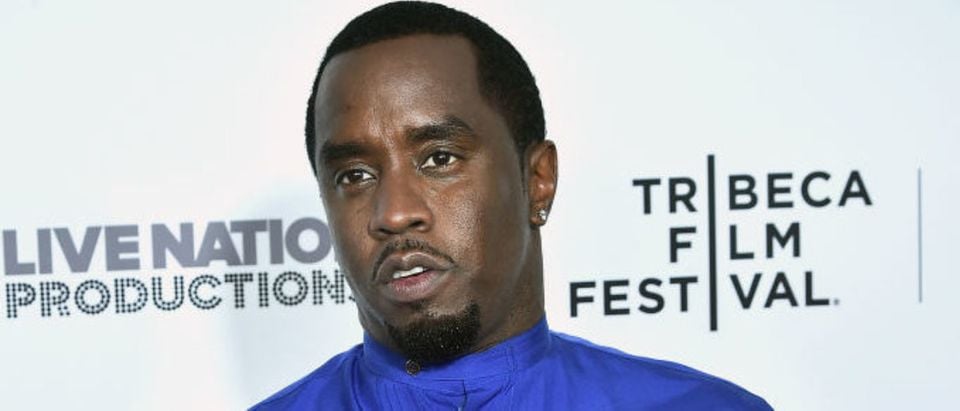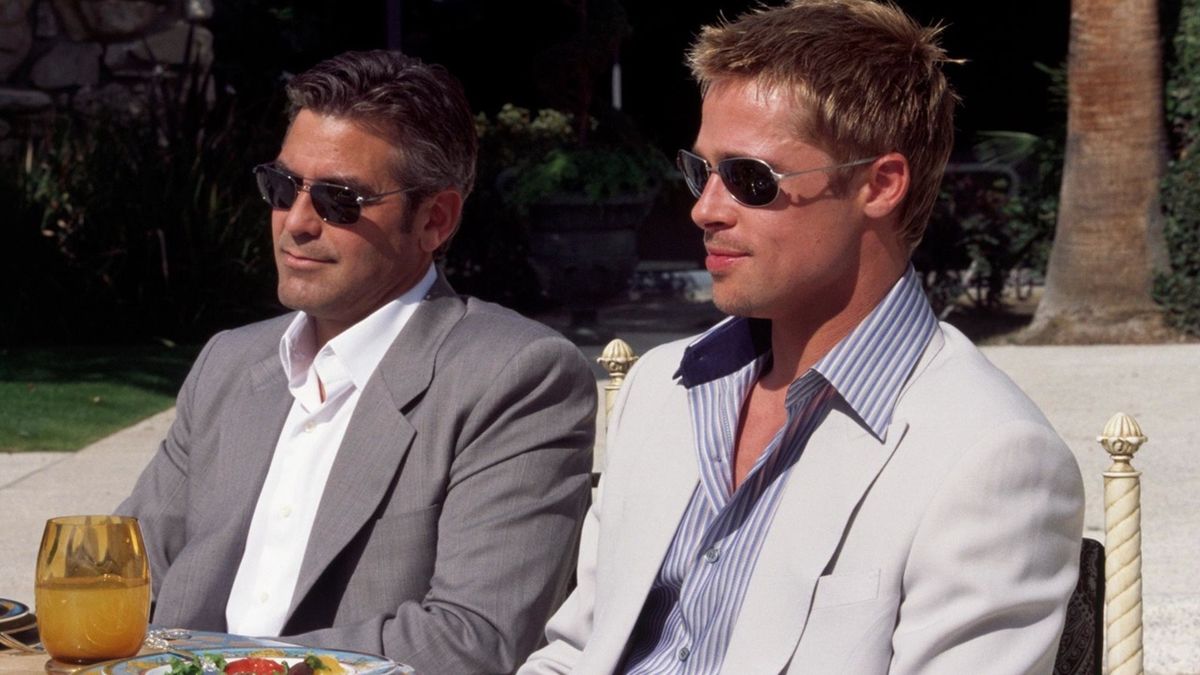A few weeks ago, an old baseball jersey was brought to Wrigley Field. It came for one day, courtesy of the folks who run Heritage Auctions. The old jersey had once covered the ample frame of Babe Ruth, arguably the greatest baseball player in history and a certifiable cultural phenomenon.
Ruth has been dead since 1948 and the jersey is now back in safe keeping. Very safe keeping , because it is being offered by means of an online auction and is expected to go for a lot of money, a lot of money. The sports memorabilia business is big business.

The previous record for a sports item is the $12.6 million paid in August 2022 for a “near perfect” 1952 Topps Mickey Mantle card. Local boosters can puff out their chests when mentioning the $10.
1 million paid for a jersey worn by Michael Jordan in Game 1 of the 1998 “Last Dance” NBA Finals. But “big” does not accurately describe what is transpiring with Babe. As I write this, the current bid for this 1932 Babe Ruth jersey is $14.
1 million. That is not a misprint. That is what has already been bid on Lot #80162, formally described by the folks at Heritage as “1932 Babe Ruth Game Worn New York Yankees World Series ‘Called Shot’ Jersey, SGC Superior — Photo Matched!” Chicagoan Michael Osacky is a certified appraiser with the International Society of Appraisers and as such, is an important player in the world of sports memorabilia.
He tells me that “SGC Superior” signifies the high rating given to the item by SGC, a leading authenticating company. “Photo Matched!” is, Osacky says, “a relatively new technology, a process that helps verify the authenticity of sports memorabilia, usually things like game-worn jerseys and equipment, by comparing them to photographs of the time taken during games.” “Called Shot” refers to, as many of you undoubtedly know, a home run Ruth hit in a World Series game between the Yankees and Cubs at Wrigley Field in 1932.
OK, then, there you are, top of the fifth inning. Game 3, Charlie Root on the mound for the Cubs, Ruth at the plate. He had hit a home run in his first at bat and the Yankees and Cubs are tied 4-4.
Strike one. Strike two. Ruth begins making a series of pointing gestures.
Is he pointing to center field? Is he pointing to the Yankees’ dugout? To Root? In any case, he bashes Root’s next pitch deep into the center field bleachers, giving the Yankees a lead and eventually the game and the series. One of the reporters at the game would later write that Ruth had “called his shot,” using terminology from billiards, and the episode burnished Ruth’s superstardom and became a signature event in baseball history. What do you think ? It’s not likely that there is anyone alive who was there on Oct.
1, 1932, part of the 50,000-some fans in the stands, a larger-than-usual crowd made possible by the construction of temporary bleachers fronting Waveland and Sheffield Avenues. I only know of three people who were there for sure. One of them was New York Gov.
Franklin Delano Roosevelt, who threw out the first pitch and would become the 32nd president in a few weeks. He sat with Chicago Mayor Anton Cermak, who would be shot and killed the next year by assassin Giuseppe Zangara, whose likely target was Roosevelt. Also in attendance was John Paul Stevens, then a 12-year-old boy growing up in Hyde Park, who would later become a U.
S. Supreme Court justice for more than three decades. Stephens would ever maintain that he saw the called shot.
Interviewed three years before his death at age 99 in 2019 and asked by the Los Angeles Times if Ruth had called his home run, Stephen said, “Very definitely. He pointed his bat.” Ruth often publicly claimed that he did indeed point to where he planned to send the pitch.
And that legend was captured in cinematic fashion in 1948’s “The Babe Ruth Story” starring William Bendix and 1992’s “The Babe” with John Goodman. I like what Michael Gibbons, once the executive director of the Babe Ruth Birthplace & Museum in Baltimore, had to say: “Of all the legendary moments in a legendary career, it just might be the most profound. It really gets to the essence of his larger-than-life persona.
” Osacky tells me about the jersey auction, “This is huge, so exciting. It is an example of the sports memorabilia business becoming a viable alternative in the investment asset class, joining things like wine and artwork.” The jersey was previously sold for $940,000 in 2005 with Grey Flannel Auctions.
One of the reasons for its increased potential value is the use of the aforementioned photo matching. For example, a Babe Ruth bat that had sold for $400,800 in 2018 resold for $1.85 million in April 2023 after photo matching.
Chris Ivy, Heritage Auctions’ director of sports auctions, calls the jersey a “one-of-a-kind item, the most significant sports collectible that’s ever come up for auction.” Bidding opened last month and crossed the $10 million mark just hours later. Osacky and others anticipate that when the auction ends in a few weeks, someone will pay $30 million or more for the jersey.
Thinking about that, I looked up Ruth’s 1932 salary. It was $75,000 and I also learned that the four-page contract, signed “George Herman Ruth,” and dated March 16, 1932, sold at auction for $295,531 in 2019. I also couldn’t help but think about the ball.
Someone had to grab that home run, take it home and stuff it in a box that may still be stored in a garage or attic somewhere. Or maybe he or she used it in sandlot games until it was bruised and battered into oblivion. rkogan@chicagotribune.
com.



















